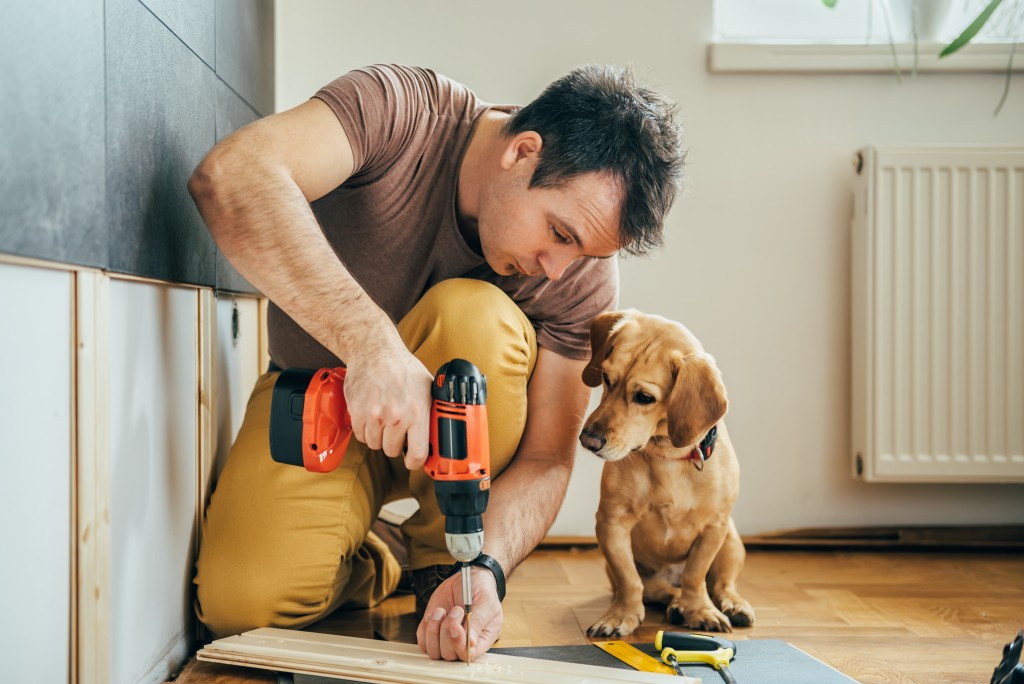Disclaimer: This website provides health information for educational purposes only and is not a substitute for professional medical advice, diagnosis, or treatment. Always seek the guidance of a qualified healthcare provider with any questions you may have.
A home renovation can be exciting, necessary, and challenging – often all of these things at the same time. Homeowners who’ve been itching to improve certain aspects or address long-standing issues might also have to face considerable disruption to their lives on a day-to-day basis. Not all of us can afford to relocate to a temporary residence; many households will simply have to find ways to deal with the dust, noise, and overall hassle of living right next to construction activities. While specific problems such as uneven floors can be fixed with low-disruption methods such as concrete leveling – a well-known solution in Ogden – more extensive repairs will pose a greater disturbance. These tips will help you minimize the impact of ongoing home renovation on your daily living.
Help define the zone
Although contractors will consult with the property owner when defining the construction zone and how they should go about their work, you can extend your involvement a bit further than that. Help to guide or set up a cordon or other physical barrier around the construction area, thus confining foot traffic to the specified zone and reducing the amount of debris that could spread out. Consider involving other household members or putting up signs for safety awareness, and discuss options for sharing rooms in areas further away from the zone. This way, human activity during the renovation period can be delineated and confined to the respective areas for construction and living.
Control the noise

Keeping your distance and observing boundaries will help reduce distractions from various comings and goings at the site of renovation, but construction noise is loud and pervasive. Watching TV or making a phone call becomes more difficult, and working from home can be a challenge without the right equipment. A headset with active noise cancellation will work wonders for individual occupants; temporary panels to reduce noise can also be installed to create a sound barrier, effectively insulating the rest of the house from the loud and disruptive sounds coming from the construction site.
Improve air quality
Movement of people and the associated noises are among the obvious problems you’ll have to face when living in a home with ongoing construction work. The challenge of poor air quality is less evident but equally important. Besides dust and debris, fine particulate matter and volatile organic compounds from paint and other substances used can effectively raise the pollution level in your home. To avoid any potential severe reactions or long-term health issues, use an air purifier with a HEPA (high-efficiency particulate air) filter and increase circulation by opening more windows throughout the house, and checking and cleaning the air filters regularly.
Cover up
Sometimes, the effects of a home renovation may continue to create a disturbance even when the work has been completed. Without the necessary precautions, you could find that dust has settled on floors and furniture even in more distant parts of the house – and if storage areas such as closets were left open, the contents could get dirty. To avoid the hassle of having to clean up in the days after a renovation, be sure to cover up exposed surfaces with a tarp or similar material that’s disposable or easy to wash off; keep unused areas closed and seal off gaps.
With these steps, you can manage to live alongside an ongoing home renovation for days or weeks without much compromise in the quality of your everyday life.




